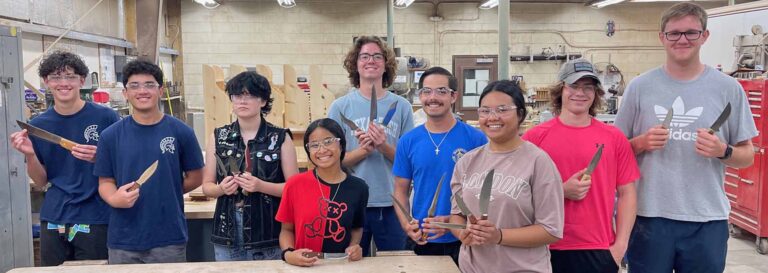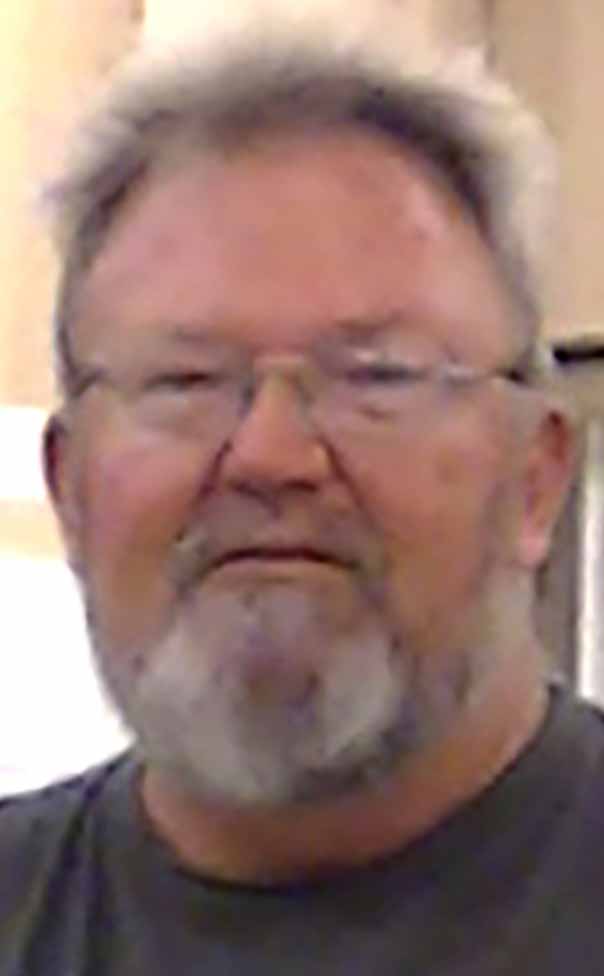
A South Pacific tradition, Dr. Douglas Hepler instructs a knifemaking course at Kwajalein Junior-Senior High.
Kwajalein Junior-Senior High may be the only American high school that has knifemaking as an official part of the school curriculum—and it just celebrated its latest graduating class of knifemakers.
The school is on the U.S Army Kwajalein Atoll, Ronald Reagan Ballistic Missile Test Center, in the Republic of the Marshall Islands in the South Pacific Ocean. Kwajalein Island is the site of a titanic three-day battle that cost almost 400 American and over 4,000 Japanese lives during World War II. Today, though, instead of artillery fire and other explosions on the idyllic coral atoll, the sound of belt grinders and buffers can be heard.
Taught by Dr. Douglas Hepler, a retired Navy chief petty officer, students in grades nine through 12 shape blades from 1080 carbon or 440C stainless steel. According to Doug, “The kids do everything: layout; cutting out and grinding the profiles; drilling the rivet holes; stamping desired logos; grinding the edges; heat treating and plate-quenching; doing the oven temper and freezer cryo-treatment at home; the final polish; adding and completing the handles; and sharpening. They do it all.

“We have Burr King and Grizzly belt grinders, Baldor buffers and a Paragon oven. We use local woods—coconut palm, kamani, hao, noni, etc.—for handles. We also use whalebone whenever we find a dead carcass washed up on the beach. We buy all our rivets, steel, 2×72 grinding belts and polishing items from Jantz Supply, and have for years. I buy all my personal knifemaking supplies from them as well. You can’t beat the price and top-notch service. They are a great company.”
Concluded Doug: “I am very proud of my students. They have taken what I can teach them and have become better cutlers than I will ever be—and I think that’s awesome.”
More On Knifemaking Classes:
- Moran Bladesmith Academy Dedicated To The Father Of Modern Damascus
- Knifemaking 101 – Read This Before You Make a Knife
- How to Forge Damascus
- How to Create Damascus Patterns






